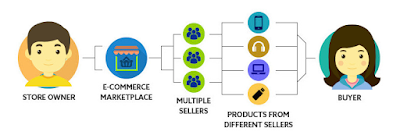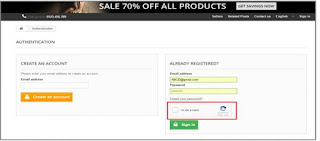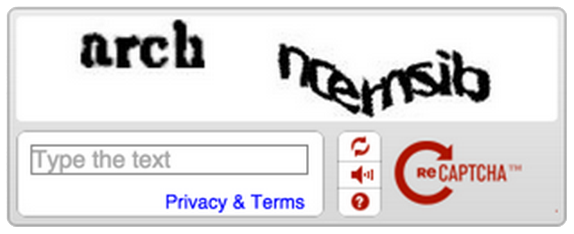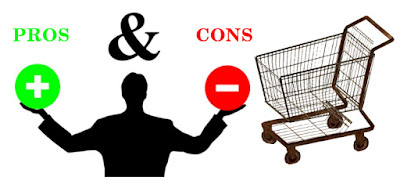According to US Census Bureau’s release, eCommerce sale in 2017 first quarter was $105.7B, which is 14.7 percent more than the previous year's first quarter sales. Similarly, eCommerce sales whooped around $93 billion in the first quarter of 2016, as compared to 34 billion in the same quarter of the year 2009 in the US.
Now, you are wondering why am I showing these sales stats, when I called you on this page to know about sure-fire ways to boost your sales?
I want to let you know that eCommerce market is growing like anything day by day. I also want to ask ”Is your business growing at the same pace?” “Are you making the great sales and claiming your share in this huge sales stat?”
Sadly, if the answer is "No" then, fortunately, you are at the right place. In today's post, I am going to share 6 surefire remedies use by the most successful eCommerce stores to boost their sales. So, let's continue with our list of ideas here:
1. Persuade with Your Product Descriptions

There are two terms which are often confused with each other- Promotion and Persuasion. Believe me, you cannot interchange their usage. Especially with your product descriptions.
Most of the eCommerce stores make their product page, a lame piece of sales copy dearly promoting the product. I just want to ask "When do we use promotion?" Probably, to let our customers know that there is a product called XYZ on our store and it is quite useful to purchase. That's it. Once your customers know about your product and they are on your product page, they do not want you to brag about it anymore.
They now want you to persuade them why they should buy it, and why from your website only? This is where product descriptions are used, to educate the customers about what exactly is this product and why it’s better than other alternatives in the market. So, promote, less and inform more with your product description if you want to drive a conversion with it.
- Write about every detail about the product and it’s specifications and attributes.
- Divide the description is sections and use bullets and points as people do not read the lengthy paragraphs more often.
- Highlight the benefits of the products. Use HTML format to write the descriptions, so that you can also optimize for SEO using the header tags.
- Include relevant images that describe the product.
In addition to these, you can also use these ideas to write wow product descriptions for your store.
2. Do not Compromise with Your Product Images

The products sold on an eCommerce site are virtually non-tangible until they are delivered to the customers. In this situation, a customer has only your product description and product images to get a feel of how the product would look actually.
Trust me, this is quite a big issue and a major cause of buyer's confusion. However, it can be easily sorted by using high-quality and properly taken product images.
Beware, because sometimes images can also kill your conversions if used in a wrong way. But for most of the times, if you know how to get the best product images for your website, you can never fail with these.
Here are some tips on images that you can use to boost your eCommerce sales:
- Use high-quality product images that do not get blurred on the zooming.
- Allow zooming of the product images on hover or click.
- Use multiple product images in multiple angles. Use at least 5 images.
- Use different images for each variation of the product. For example, color variation.
- Use product images on Category pages as well.
- Use real photos, avoid poorly photos hoped images where same model’s head is fitted to a number more product images.
- Hire a professional agency to take the real photos of your products.
- Avoid using product photos taken from your mobile camera, hire the professionals.
3. Sense of Urgency is the Key

Creating a sense of urgency is a key way to boost the eCommerce sales. The urgency psychology, in customers generally takes over the "buying confusion" and encourages the shoppers to make a quick decision, "If used in a controlled manner".
How will you do that?
It's not so simple, but with certain tricks, you can do it:
Show the stock information on the product page. When people find something is going to stock out soon, they tend to place the orders quickly.
Add a stock alert subscription option on the out of stock product, so that you can also get to know how many customers are waiting for the particular product on your store.
Create, some timed deals on your store. Putting a clock timer or countdown like the Flash sales on Amazon could be a great idea.
- Use Urgency inducing words in the stock information text. A word like "Limited Stock", "Hurry, Only Few Left" etc can trigger quick decisions.
4. Capture Email Subscribers on Your Store

Trust me it’s always best to build your own email list rather than buying it from some agency. The subscribers that you will get on your own eCommerce store, are your interested potential customers. They are more qualified leads than those of the purchased lists.
You must have to understand that emails are one of the most efficient qualified lead generators for your store. Moreover, your own email data will be helpful is driving more traffic to your site, and ultimately boosting your sales.
Probably I don't need to explain here, how emails can boost your eCommerce sales. Do I? Let's re-check what we know about email marketing and what we don’t know.
You have got a number of email marketing tools as options, You can use any of the suitable ones for conducting your own email marketing campaign. But before that, you will need your own email marketing list that you will feed to your email marketing tool.
Don’t worry, I have explained in detail in my post about 5 surefire ways to gather email data on your online store. You can use any of these 5 ways, or all of them to have a pool of email data for your next sales campaign.
5. Offer Preferred Delivery Time Options
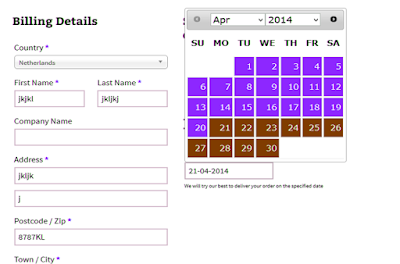
Customers love it when they have a preference to choose from. The preferred Delivery time and dates is an option that allows the customers on a checkout page to choose when they want to get the purchased product delivered to their address.
You can boost your sales to a great extent by offering this service. There are many occasion when customers purchase some special products as gifts for their loved ones. Customers have to first purchase such products and after getting delivered, they have to again ship to one' they are gifting to.
Such a great USP could it be, if you can directly, deliver the product on specified date and time. It would be a great saving for the customers, plus a great USP for your business, and probably a great way to earn some repeat and loyal customers as well.
I can understand that this kind of feature is not so easy to offer. You will be required to have a great coordination with your shipping partner. Moreover, there could be some overhead cost involved in integrating such features on your site.
The coordination with your shipping partner is a relative factor. It is not a problem with most of the reputed shipping agencies. Probably, you must hire one of those.
While I can suggest a cost effective and affordable solution for the integration to your website. If you own a PrestaShop store, you can use the PrestaShop Preferred Delivery Time module which quite affordable. You should get a similar solution for your store too.
6. Sell on a Marketplace Site
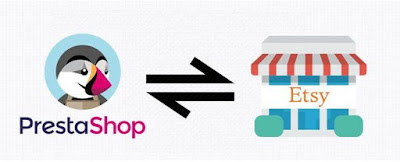
Not just any other site, sell on the best ones- Amazon, Etsy, eBay etc. Amazon draws nearly 184 million visitors a month, and eBay is not far behind with 164 million active buyers.
According to an Amazon executive, sellers report that they have received an average 50% boost in their sales after joining the Amazon marketplace. When so much is there to gain, how can you remain silent about selling on a popular marketplace?
I can understand there are some cons as well, but they cannot overshadow the kind of exposure and opportunities these marketplaces offer. I am not a fan of selling on Marketplaces when you have an eCommerce store on your own. But yes, I am impressed with the kind of growth I have seen for some stores. Like every coin has two sides, marketplaces have their own as well. Finally, it's up to you to pick the one side that gives you sales and profits.
These marketplace integration modules for PrestaShop can help you to get on the positive side of the coin. There are modules for Amazon, Etsy, and eBay. These modules enable a PrestaShop store owner to sell on these three popular marketplaces right from the PrestaShop store itself. How? These posts will give you a clear idea.
Integrating PrestaShop Store with Amazon Marketplace Web Service
A PrestaShop eBay integration – Making multi-channel trade seamless
Connecting your PrestaShop Store to the Etsy marketplace

